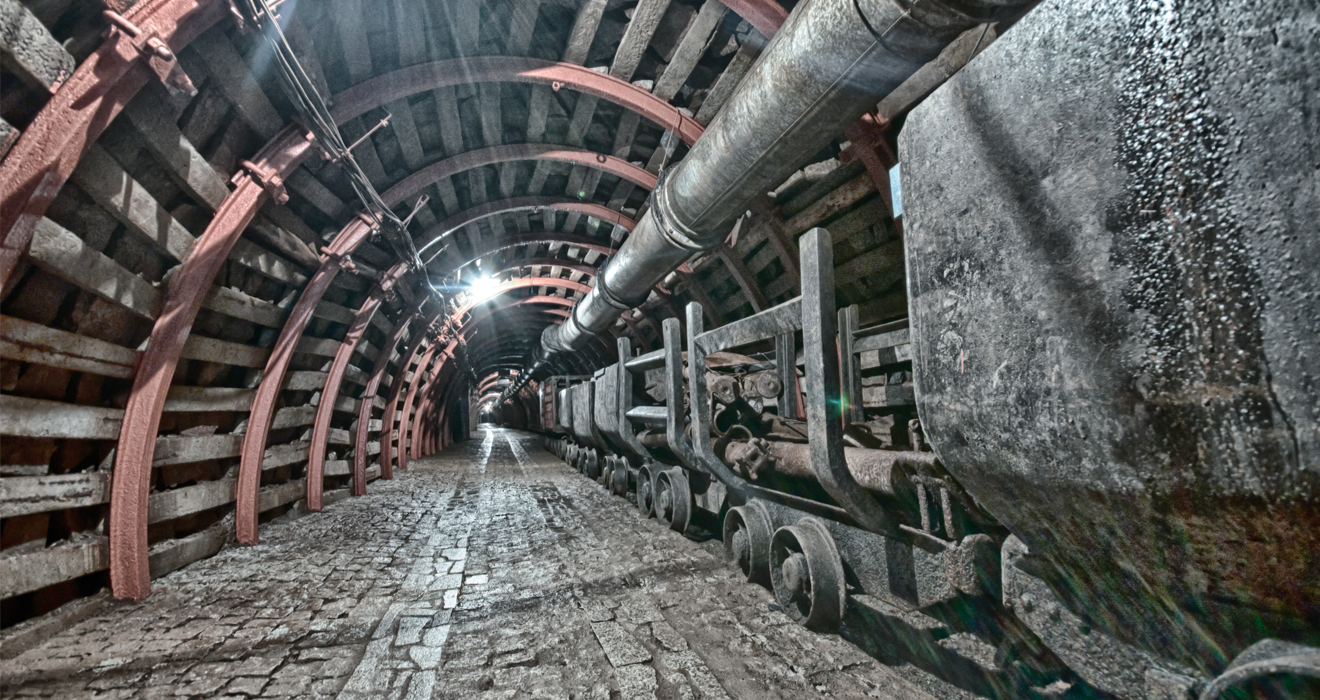The main components of mine air are similar to surface air, but due to the special environment of the mine, there may be some differences. The following are the main components of mine air:
Conventional atmospheric composition
Nitrogen (N2) accounts for about 78%; Nitrogen is one of the main components of air, which is inert and does not participate in chemical reactions in mines.
Oxygen (O2) accounts for approximately 21%; Oxygen is an important component required for life activities and combustion reactions in mines, maintaining miners' breathing and equipment operation.
Carbon dioxide (CO2) accounts for approximately 0.03-0.04%; Due to personnel breathing, coal seam spontaneous combustion, or mine truck emissions, the concentration of carbon dioxide in mines may be slightly higher than on the surface.
Argon (Ar) accounts for approximately 0.93%; Inert gas has a relatively small impact on the mine environment.

Unique gas components in mines
Methane (CH4): Methane is a unique gas in coal mines, also known as gas, which comes from the escape of coalbed methane. High concentration methane is flammable and explosive in the air, and its concentration must be strictly monitored, usually only 1%.
Carbon monoxide (CO): Carbon monoxide is a toxic gas mainly derived from the spontaneous combustion of coal, blasting operations, and incomplete combustion of equipment. It is necessary to strictly monitor its concentration in the mine and follow safety standards.
Hydrogen sulfide (H2S): Hydrogen sulfide has a foul egg odor and is derived from the decomposition of sulfur-containing minerals. It is a toxic gas that is harmful to human health at high concentrations and needs to be controlled within a safe range.
Ammonia (NH3): Ammonia mainly comes from explosive blasting operations or certain chemical reactions in mines. High concentrations of ammonia are harmful to the health of miners.
Dust: A large amount of coal dust and rock dust generated during mining operations are common solid particles in the air of mines. Dust is harmful to the health of miners and may cause coal dust explosions at certain concentrations.
Humidity and temperature
Humidity: The air humidity in mines is usually high, especially in deep wells and humid areas. High humidity may cause equipment corrosion and discomfort to personnel.
Temperature: The temperature inside the mine is usually higher than the surface, and due to the heat dissipation from geothermal and equipment operation, temperature regulation is an important function of the mine ventilation system.
The quality of mine air is directly related to the health of miners and the safety production of mines. The main functions of the mine ventilation system include:
Provide fresh air: Provide oxygen for miners to ensure smooth breathing and comfortable working environment.
Dilute harmful gases: Dilute harmful gases such as methane, carbon monoxide, hydrogen sulfide, etc. produced in mines to below safe concentrations to prevent poisoning and explosions.
Eliminate dust: Remove the dust generated by mining operations through ventilation systems to reduce the risk of miners' pneumoconiosis.
Adjust temperature and humidity: Adjust the temperature and humidity inside the mine through the ventilation system to create a suitable working environment.
The main components of mine air include conventional gases similar to surface air (nitrogen, oxygen, carbon dioxide, argon), as well as harmful gases unique to mines (methane, carbon monoxide, hydrogen sulfide, etc.) and dust. In order to ensure the safety of mines and the health of miners, it is necessary to control and regulate air quality through effective ventilation systems.







Comment